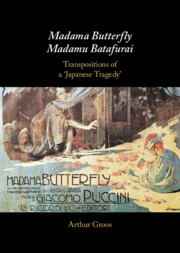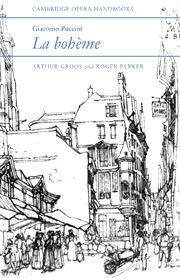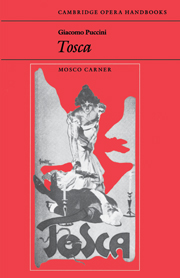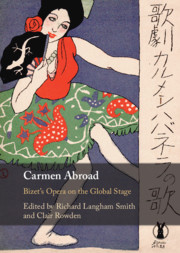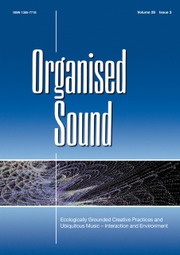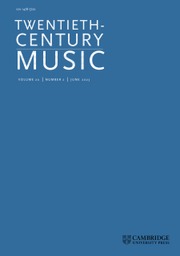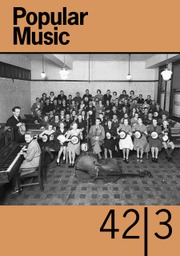Madama Butterfly/Madamu Batafurai
Puccini's famous but controversial Madama Butterfly reflects a practice of 'temporary marriage' between Western men and Japanese women in nineteenth-century treaty ports. Groos' book identifies the plot's origin in an eye-witness account and traces its transmission via John Luther Long's short story and David Belasco's play. Archival sources, many unpublished, reveal how Puccini and his librettists imbued the opera with differing constructions of the action and its heroine. Groos's analysis suggests how they constructed a 'contemporary' music-drama with multiple possibilities for interpreting the misalliance between a callous American naval officer and an impoverished fifteen-year-old geisha, providing a more complex understanding of the heroine's presumed 'marriage'. As an orientalizing tragedy with a racially inflected representation of Cio-Cio-San, the opera became a lightning rod for identity politics in Japan, while also stimulating decolonizing transpositions into indigenous theatre traditions such as Bunraku puppet theatre and Takarazuka musicals.
- Explores the implications of a libretto-driven opera, the use of Japanese and Chinese music, the Orientalizing representation of the heroine, and the opera's controversial reception in Japan
- Corrects mistaken assumptions about sources and provides a more complex understanding of the heroine's presumed 'marriage'
- Provides a detailed analysis of the genesis and construction of a 'contemporary' opera, based on many unknown archival sources
Reviews & endorsements
‘This timely and exceptional study of Madama Butterfly provides a valuable, well-documented and illuminating account of the origins of the work and aspects of its reception in Japan. It is a meticulous exploration of the significance of this tragedia giapponese that will make a lasting contribution to Puccini studies.' Naomi Matsumoto, Goldsmiths, University of London
‘This truly goundbreaking book sheds new and fascinating light not only on the conception and composition of Puccini's _Madama Butterfly_, but also on the Japanese origins of Madame Butterfly's story and the Japanese reception of the opera, which saw its notorious orientalism questioned and subverted through ingenious adaptation and creative re-appropriation. Groos makes us listen differently to a work we thought we knew all too well.' Emanuele Senici, University of Rome La Sapienza
Product details
February 2023Adobe eBook Reader
9781009250665
0 pages
This ISBN is for an eBook version which is distributed on our behalf by a third party.
Table of Contents
- Introduction: 'Marriage. . . In the Japanese way':
- 1. Loti and Long – with an eyewitness account Madame Chrysanthème and Madame Butterfly
- 2. Madama Butterfly: A conflicted genesis
- 3. Far west/far east: Luigi Illicia's libretto
- 4. Madama Butterfly between west and east
- 5. Returns of the native: Madamu Batafurai in Japan
- 6. Returns of the native: Imaginative transpositions
- Bibliography.

